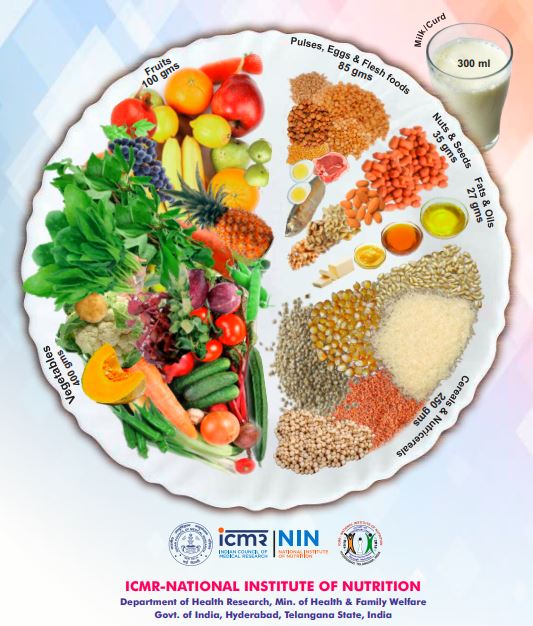Food Brand Musical Chairs

Food Brand acquisitions are reshaping the Food Industry in India: * British multinational confectionery company Cadbury was a constant constituent of The Financial Times Stock Exchange 100 Index (FTSE 100) from the index's 1984 inception until the company was bought by Kraft Foods in 2010. In 2012, the confectionery business of Kraft became Mondelēz International, of which Cadbury is a subsidiary. The Indian subsidiary of Cadbury has come to be known as Mondelez. * The popular bread brands Modern & Harvest Gold are owned by Grupo Bimbo , a Mexican multinational food company which operates in over 33 countries. * In 1994, Heinz bought the Complan brand from Glaxo. In 2019, the Ahmedabad-based Zydus Wellness acquired Complan, Glucon-D, Nycil brands from Heinz . * Hindustan Unilever acquired GlaxoSmithKline Consumer Health India for Rs 31,700 crore in 2020 and got ownership of Horlicks, Boost brands. * Norwegian group Orkla ASA acquir...





